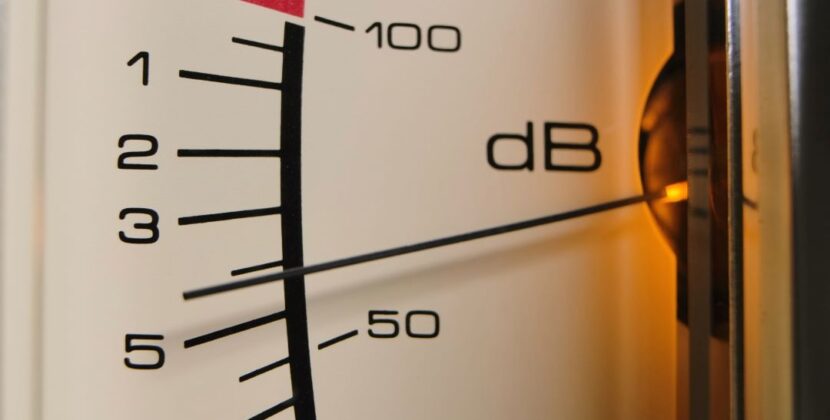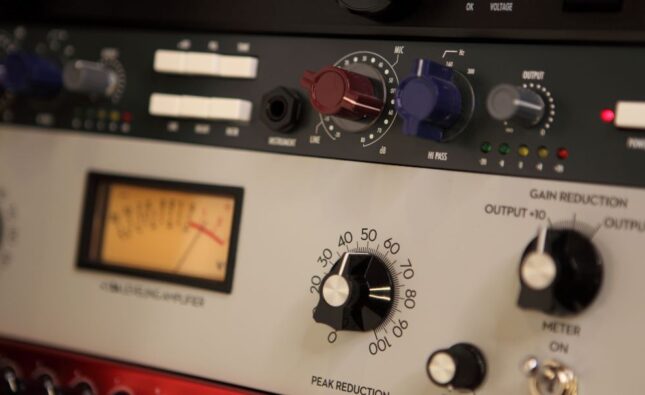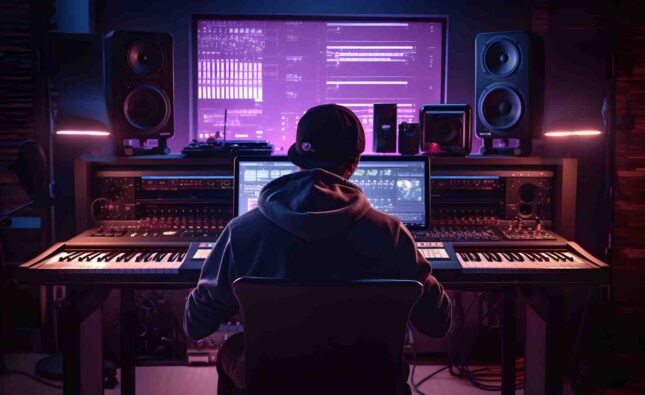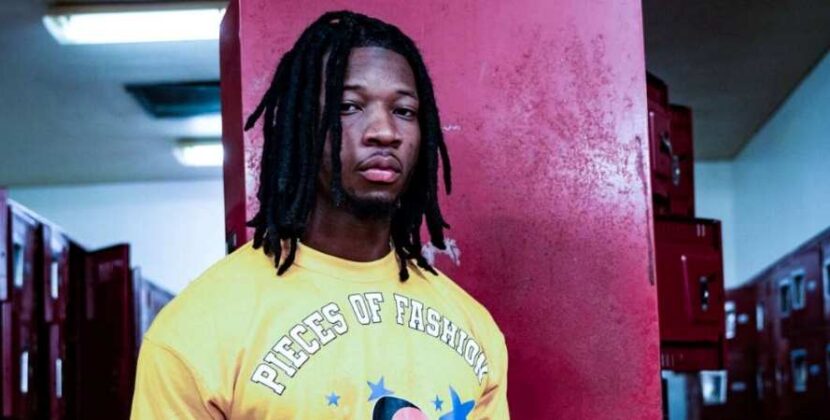
Having spent over 20 years in the professional recording and music industry, I’ve learned that microphone selection and placement are crucial for capturing the best sound. One of my first major sessions was setting up vocal tracks for Britney Spears’ “In the Zone” in 2003. Throughout my career, including my time teaching at university, I’ve analyzed various microphones and how they interact with different vocal timbres. There’s no one-size-fits-all microphone—different voices excel with different mics.
While many might tout the Neumann U87 as the ultimate mic (and it is excellent—I used it for the Britney session), great results can also be achieved with more modestly priced options like the AT4040 or Rode NT1A. Remember, Neumann did invent phantom power and has a long history of making exceptional microphones. However, the key is understanding what each microphone type brings to the table, especially if you’re recording in a home studio environment. Let’s dive into the different microphone types to help you make informed decisions.
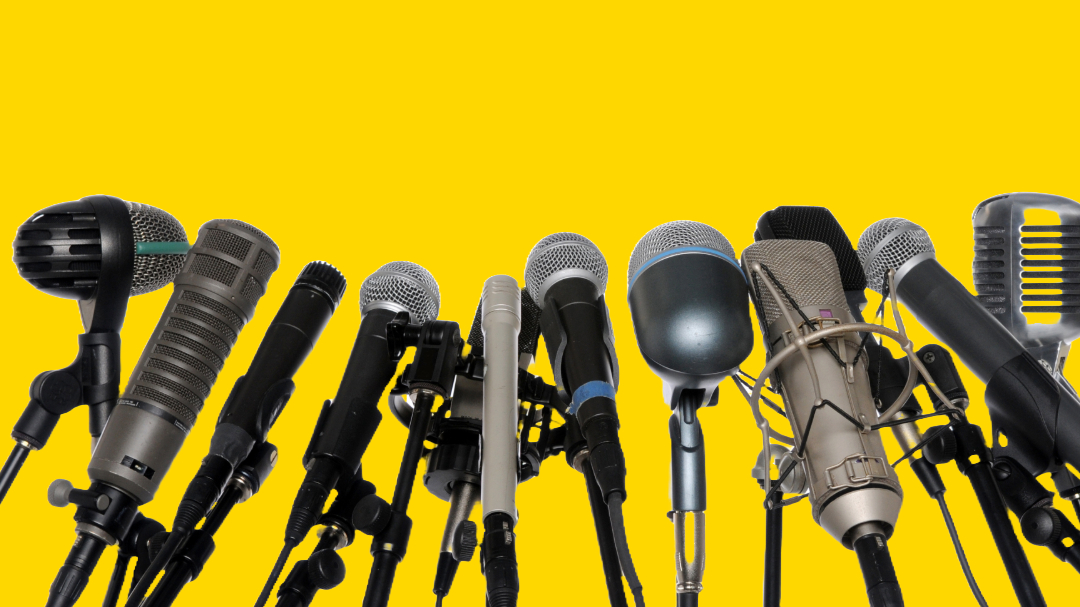
Understanding the intricacies of microphone types is essential for selecting the right tool for specific recording scenarios. Each microphone type has unique characteristics that influence the color and texture of the recorded sound.
Dynamic Microphones
Characteristics: Robust, durable, and versatile. Popular Uses: Ideal for capturing loud sound sources such as guitar amplifiers, drums, and live vocals. Example Models: Shure SM57, Shure SM58.
Condenser Microphones
Characteristics: Sensitive with a broader frequency range; requires phantom power. Popular Uses: Perfect for recording vocals, acoustic instruments, and other nuanced sound sources. Example Models: Neumann U87, Audio-Technica AT4040, Rode NT1A.
Ribbon Microphones
Characteristics: Warm, natural sound with a smooth frequency response. Popular Uses: Favored for recording delicate instruments and vocals. Example Models: Royer R-121, AEA R84.
Each microphone type has unique characteristics that influence the color and texture of the recorded sound
Lavalier Microphones
Characteristics: Small, discreet, and hands-free. Popular Uses: Interviews, presentations, live performances. Example Models: Sennheiser ME 2, Rode Lavalier GO.
Shotgun Microphones
Characteristics: Highly directional with focused sound capture. Popular Uses: Film and video production, recording dialogue and sound effects. Example Models: Sennheiser MKH 416, Rode NTG3.
Boundary Microphones
Characteristics: Designed to be placed on a surface to capture sound reflections. Popular Uses: Conference rooms, stages, ambient recording. Example Models: Shure MX391, Crown PCC-160.
USB Microphones
Characteristics: Convenient and user-friendly, connect directly to computers. Popular Uses: Podcasting, home recording, online streaming. Example Models: Blue Yeti, Audio-Technica ATR2100x-USB.
Microphone Mechanisms
Understanding the internal mechanisms of microphones, such as diaphragm types (dynamic or condenser), impacts their sensitivity, transient response, and suitability for specific applications.
Frequency Response
Microphones exhibit varying frequency response characteristics. Exploring flat-response mics or those with tailored frequency curves allows for precise control over the tonal qualities of recorded sound.
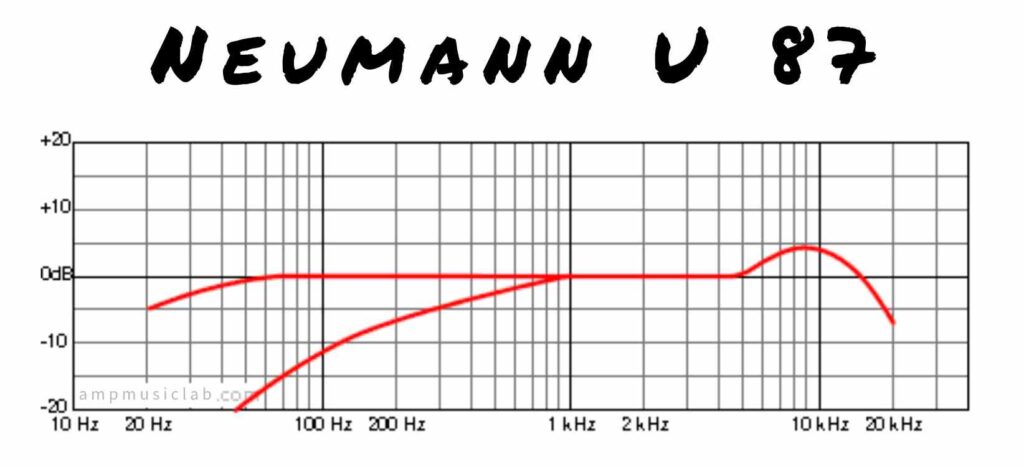
Polar Patterns
Polar patterns define how a microphone captures sound from different directions. Common patterns include cardioid, omnidirectional, bidirectional, and hypercardioid. Selection depends on the desired sound capture and ambient noise rejection.

An in-depth exploration of microphone placement techniques and types is pivotal for achieving professional and creative results in audio recording. Whether capturing the intimate details of a performance or the ambient characteristics of a space, the careful selection and placement of microphones are integral to the science of sound.
Unlock Your Full Potential with AMP Music Lab
Ready to take your music production skills to the next level? AMP Music Lab in West Palm Beach, FL, offers private lessons and an exclusive online VIP program designed to help you master the art of recording and mixing. Whether you’re just starting out or looking to refine your techniques, our expert instructors provide personalized coaching tailored to your unique needs and goals.
Why Choose AMP Music Lab?
- Personalized Instruction: Customized lessons to fit your learning style and pace.
- Expert Guidance: Learn from industry professionals with years of experience.
- Flexible Scheduling: Book lessons at times that work best for you.
- Comprehensive Curriculum: Covers all aspects of music production, from songwriting to mastering.
Get Started Today!
Don’t wait to achieve your music production dreams. Sign up for our private lessons or join our online VIP program and start creating radio-ready music in your home studio. With AMP Music Lab, you’ll gain the skills and confidence to take your music to the next level.
Sign Up Now Book your private lesson or join our online VIP program today and begin your journey to becoming a skilled music producer. Unlock your potential with AMP Music Lab and let’s make great music together!
Have Questions? Contact us at amp.team@ampmusiclab.com or click here to schedule a call with our team.


